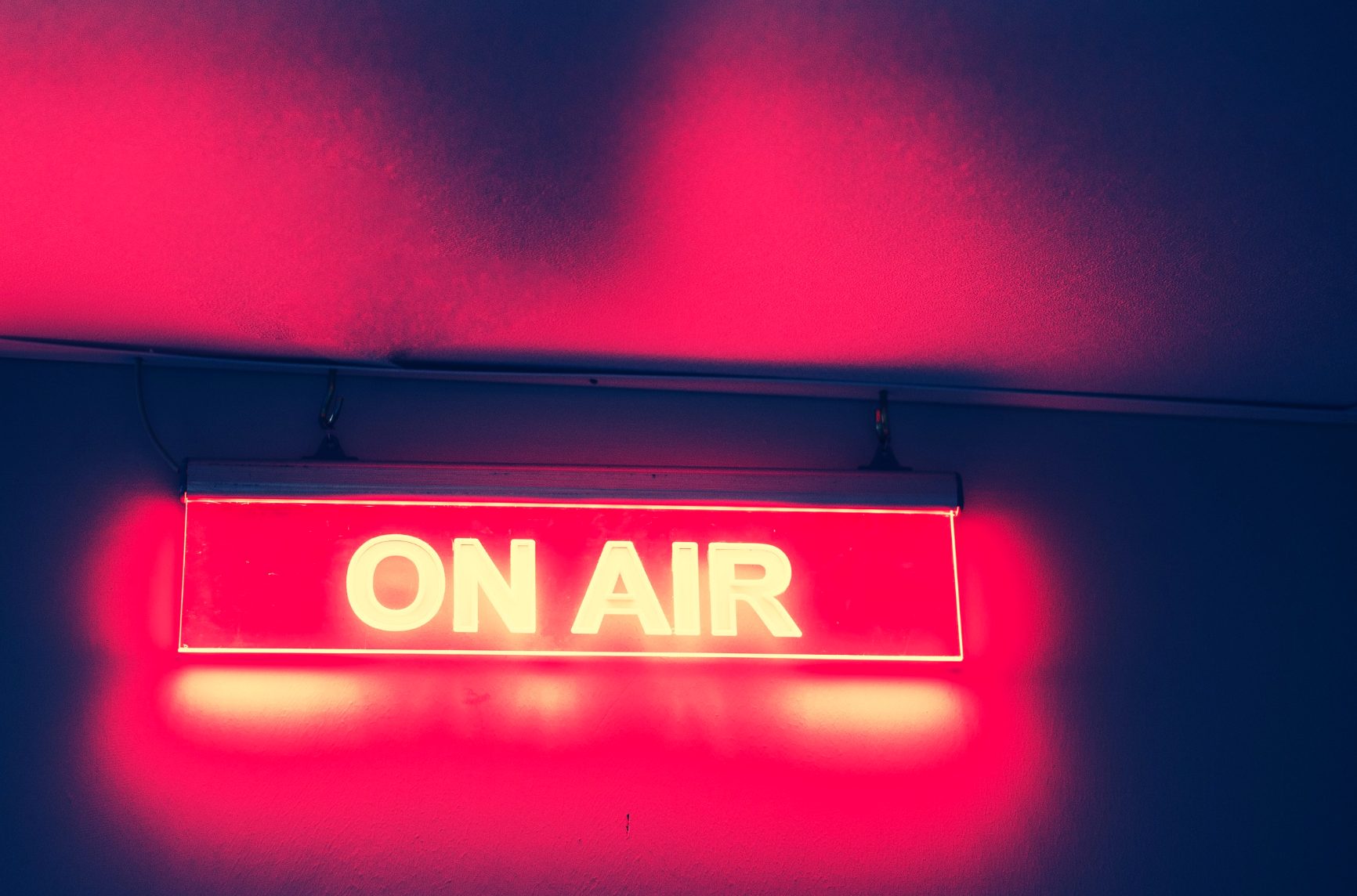Finding the right radio stations for your music can be a pivotal step in your career as an artist. It’s about more than just sending your tracks to any broadcaster; it’s about targeting stations that align with your sound and audience. This tailored approach not only increases your chances of getting airplay but also connects you with listeners who are more likely to become long-term fans.
The journey from creating a song to hearing it on the airwaves is thrilling yet challenging. It requires understanding your musical identity, researching potential radio partners, preparing a compelling submission, and navigating the submission process with professionalism and strategic insight. In this guide, we will walk you through these steps, equipping you with the knowledge to find radio stations that resonate with your sound and successfully submit your music to them.
Navigating the world of radio submissions can be daunting, especially with the myriad of stations each catering to different genres and audiences. However, with the right approach and a bit of perseverance, you can find the perfect match for your music and take a significant step towards broader recognition and success in the music industry.
Understanding Your Sound
To effectively market your music to radio stations, you must first have a clear understanding of your sound. This understanding is foundational to identifying where your music fits within the broad spectrum of radio programming.
Identifying Your Genre and Niche
Your musical genre acts as a gateway to finding your niche in the radio market. Whether you’re into rock, pop, jazz, electronic, or any other genre, defining your sound is crucial. Within each genre, there are sub-genres and niches that can help pinpoint exactly where your music belongs. For instance, an indie rock artist might find their place on different stations than a mainstream pop artist.
To identify your niche:
- Analyze your music’s elements: melody, rhythm, instrumentation, and lyrical themes.
- Compare your sound to existing artists and identify commonalities.
- Consider feedback from your audience and industry professionals about how they categorize your music.
Analyzing Your Audience and Their Preferences
Understanding your audience is just as important as understanding your music. Your target listeners’ preferences, including the radio stations they frequent, will guide you to the right channels.
To analyze your audience:
- Look at demographic data like age, location, and interests.
- Use social media analytics to see where your listeners are concentrated.
- Engage directly with your fans through surveys or social media to ask about their radio listening habits.
Comparing Your Sound with Current Radio Trends
Staying informed about current radio trends can provide valuable insights into where your music might fit. Trends can vary regionally and between station formats, so a broad understanding is essential.
To compare your sound with radio trends:
- Listen to stations that play your genre to understand what’s currently popular.
- Follow industry charts and reports to see what’s getting airplay and attention.
- Network with radio professionals and other artists to get insider perspectives on the trends.
By thoroughly understanding your sound, audience, and the current radio landscape, you can more effectively target stations that are a good fit for your music. This alignment not only increases your chances of getting played but also ensures that your music reaches the ears of potential new fans who are likely to appreciate your work.

Researching Radio Stations
Finding radio stations that fit your sound involves research and strategy. You’ll need to identify stations that play your genre and reach your target audience. This section will guide you through the process of researching radio stations effectively.
Methods for Finding Stations That Play Your Genre
Start by listing the radio stations that are known for playing your type of music. Here’s how you can find them:
- Use Online Directories: Websites like TuneIn or Radio-Locator allow you to search for stations by location and genre.
- Check Industry Resources: Music industry publications and websites often list radio stations and their programming focus.
- Explore College and Community Radio: These stations frequently play a wider range of music and are more open to new artists.
Tools and Resources for Radio Station Research
Leveraging the right tools can streamline your research process:
- Music Tracking Services: Platforms like Nielsen Music and Mediabase track radio airplay and can help identify stations that play music similar to yours.
- Social Media: Follow radio stations on platforms like Twitter and Instagram to get a sense of their programming and audience.
- Networking: Connect with other artists, producers, and industry professionals who can share experiences and recommendations.
Importance of Local vs. National and Internet Radio Stations
Deciding where to focus your efforts is crucial:
- Local Radio Stations: Can be more accessible and open to supporting local artists. Building a presence here can lead to broader exposure.
- National Radio Stations: While more competitive, getting airplay on a national station can significantly increase your reach.
- Internet Radio Stations: Offer niche programming and global reach. They can be particularly valuable for reaching specific audiences.
By thoroughly researching radio stations, you equip yourself with the knowledge needed to make informed decisions about where to submit your music. This targeted approach ensures that your efforts are concentrated on the stations most likely to embrace your sound and support your career growth.

Preparing Your Submission
Once you’ve identified the radio stations that match your sound, the next step is to prepare your submission. This involves creating a professional music package and a compelling pitch. Here’s how to make your submission stand out.
Creating a Professional Music Package
Your music package should be comprehensive, yet concise, including everything the station needs to understand your music and brand.
- Music Tracks: Provide high-quality recordings of your tracks, preferably in a format preferred by the station (e.g., MP3, WAV).
- Press Kit: Include a well-crafted press kit containing your bio, photos, press releases, and notable achievements.
- Contact Information: Make sure it’s easy for stations to contact you or your representative.
Writing a Compelling Pitch
Your pitch is your chance to make a personal connection with the station manager or music director. It should be personalized, concise, and impactful.
- Tailor Your Pitch: Reference specific programs or DJs at the station that align with your music.
- Highlight Your Unique Selling Points (USPs): What makes you stand out? Be clear about what sets your music apart.
- Include Relevant Achievements: Mention any awards, notable performances, or previous radio airplay.
Essential Elements of Your Submission
- Electronic Press Kit (EPK): An effective EPK includes your music, biography, high-resolution photos, and any notable press coverage.
- Music Licensing Information: Ensure you have the rights to the music you’re submitting and provide any necessary licensing information.
- Follow-up Information: Indicate how and when you plan to follow up on your submission.
Preparing a professional and appealing submission package is crucial to making a good impression on radio station managers. It demonstrates your seriousness as an artist and increases your chances of getting your music aired.
The Submission Process
Successfully submitting your music to radio stations involves more than just sending your tracks. It requires a strategic approach to contacting stations, understanding their selection criteria, and effectively following up.
Contacting Radio Stations: The Do’s and Don’ts
- Do:
- Research the station’s submission guidelines and follow them carefully.
- Address the person in charge of music selection directly, if possible.
- Keep your communication professional and respectful.
- Don’t:
- Send unsolicited attachments or large files without permission.
- Spam multiple contacts at the same station with the same pitch.
- Be pushy or follow up too frequently.
Understanding the Selection Criteria of Radio Stations
Radio stations often have specific criteria for selecting music, which can include:
- Musical Fit: Does your music align with the station’s genre and programming?
- Production Quality: Is your recording of a quality that’s suitable for radio play?
- Audience Appeal: Will the station’s listeners likely enjoy your music?
- Artist Profile: Do you have a strong presence and following that can attract listeners?
Knowing these criteria can help you tailor your submission to meet the station’s needs and increase your chances of getting played.
Following Up on Your Submission
Persistence is key, but it must be balanced with respect for the station’s process and workload.
- Timing: Wait a reasonable amount of time before following up, typically two to four weeks.
- Method: Follow up via the same channel you submitted through, unless directed otherwise.
- Content: Politely inquire if they received your submission and offer to provide any additional information needed.
The submission process is both an art and a science, requiring you to balance persistence with patience. Understanding and respecting the radio station’s process, while clearly communicating the value and appeal of your music, will increase your chances of success.
Navigating the journey from studio to airplay is a multifaceted process, requiring a deep understanding of your music, targeted research of radio stations, meticulous preparation of your submission, and strategic engagement with the submission process. By following the steps outlined in this guide, you can enhance your chances of finding radio stations that fit your sound and successfully submitting your music to them.
Recap of Key Points
- Understand Your Sound: Clearly define your genre and audience to identify stations that align with your musical identity.
- Research Radio Stations: Use online directories, industry resources, and networking to find stations that are likely to play your music.
- Prepare Your Submission: Create a professional music package and a personalized, compelling pitch.
- Navigate the Submission Process: Respect the station’s guidelines and criteria, maintain professionalism in your communication, and follow up appropriately.
Words of Encouragement
Remember, rejection is not a reflection of your music’s worth but often a matter of timing, fit, or external circumstances. Perseverance is key. Every no brings you closer to a yes, and every submission is a step towards greater recognition and success.
Looking Ahead
The landscape of radio and music submission is continually evolving, with digital platforms and streaming services becoming increasingly significant. Staying adaptable, informed, and proactive in your submission strategy will help you navigate these changes and seize new opportunities to get your music heard.
By adopting a diligent, informed, and strategic approach to radio submissions, you not only increase your chances of getting airplay but also set the stage for broader career opportunities and connections within the music industry.

